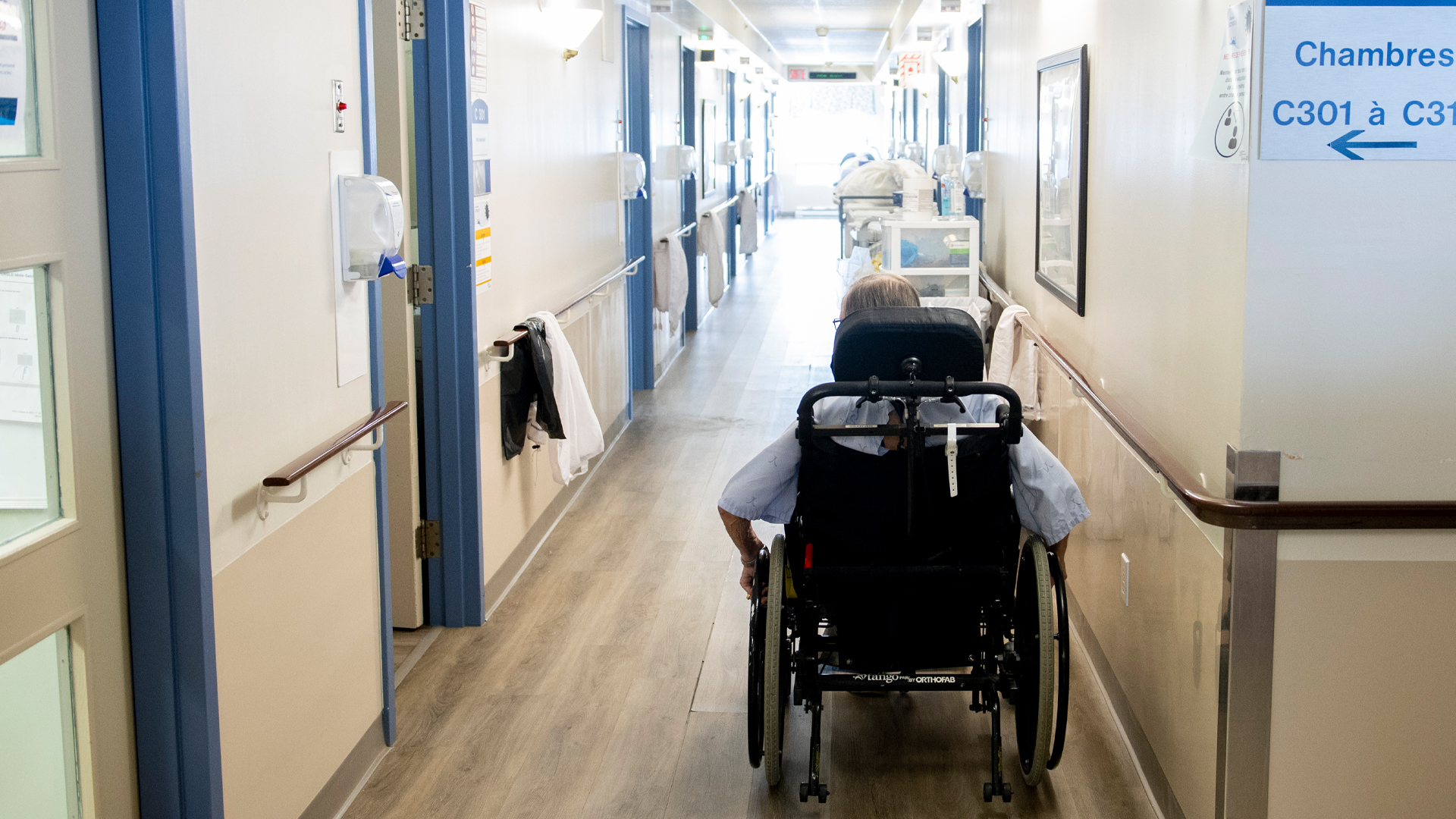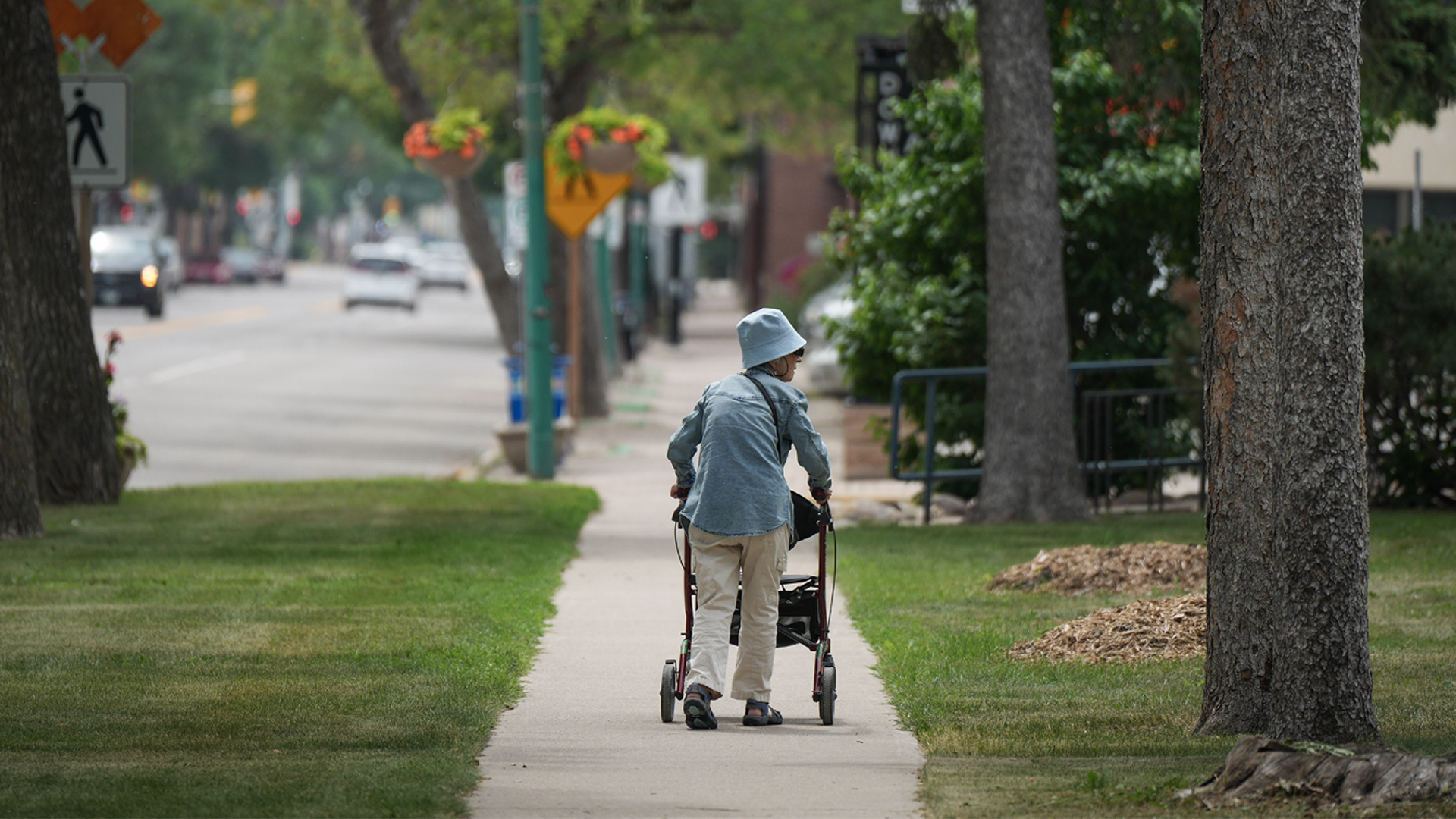
(Version française disponible ici)
Canada needs trauma-informed aged care, training and strategies in long-term care homes across the country that take into account recent and past traumatic experiences of seniors.
Trauma is a heavy word, but it’s the right word.
Trauma describes what has been happening in long-term care facilities across Canada during the pandemic, where the majority of COVID-19 deaths have occurred, and where highly restrictive visitor policies and short staffing have meant extreme isolation and deprivation for the residents who live there.
But there are often two layers of trauma in long-term care.
Overlooked in these discussions is how the pandemic can also trigger symptoms of post-traumatic stress disorder (PTSD) in seniors who have experienced psychological trauma earlier in their lives. Earlier trauma could have resulted from any number of events that caused deep psychological harm, such as a car accident, physical or sexual abuse or fleeing an armed conflict, for example.
PTSD in long-term care homes is more common than many think
In our recently published analysis and review, we highlight how PTSD in long-term care residents is significantly more common than previously understood and how the pandemic has exacerbated PTSD in some residents. We recommend ways that nursing homes can manage the effects of trauma.
Taking care of the care workers
Long-term care work is essential but essentially under-recognized
While not everyone who has experienced trauma will develop PTSD, those who do are likely to see symptoms re-emerge as they age, develop dementia or are admitted to a long-term care home, which can also be a traumatic event in itself. For vulnerable seniors living in care, the spread of a deadly virus can also trigger intense PTSD symptoms including intrusive thoughts, nightmares and feelings of panic.
Well over two-thirds of seniors living in long-term care (LTC) have some form of dementia. PTSD symptoms can occur when practices or environmental sights and sounds in the home inadvertently trigger an individual. When this occurs on top of dementia, it may cause extreme behaviours.
What’s more, symptoms associated with PTSD can be similar to behaviours exhibited by those living with dementia such as anger, aggression or agitation. Since most long-term care homes do not routinely screen for a history of psychological trauma on admission, staff may have a difficult time identifying which behaviours stem from PTSD and which stem from dementia.
All of this points to an urgent need for a trauma-informed care approach in LTC and well-trained staff who are equipped to meet the needs of these residents.
A serious lack of resources and training
Through trauma-informed practices and adequate training and resources, ensuring the quality of life of residents becomes an achievable goal, and individuals living with PTSD can receive the care they need.
So, what does trauma-informed care look like?
It means creating a safe (including culturally safe) environment with adequate staffing, training the workforce, screening residents for trauma upon admission and taking a personal history to be used as the basis for future care. It means management consults residents, their loved ones, and staff in all aspects of care planning as well as providing staff with access to specialized services like mental health teams.
It means incorporating strategies to support residents to address symptoms and behaviours associated with PTSD, often by managing bodily sensations. This may include the use of weighted blankets, music, breathing exercises or animal-assisted therapy to enhance sleep quality, improve mental health and reduce pain and agitation
A trauma-informed approach also means being attentive to staff well-being.
Care in addressing PTSD can help reduce crises
During the height of the pandemic, when visitation from caregivers and companions became severely restricted, staff who already did not have time to provide residents with adequate care saw their workload increase. Additionally, staff dealt with the moral injury of helplessly watching residents suffer and die alone.
Burnout levels among staff are nearing catastrophic levels. Supporting staff with trauma includes introducing cognitively based processes that regulate attention and set stress-reduction strategies, including intention- and somatic-based processes such as modified yoga therapies, dance, meditation, and breathing exercises. Healthy care teams and healthy external group activities also help rebuild a sense of safety and contribute to resilience – activities such as faith communities, group singing, group dance, theatre companies.
While policy makers develop important industry-wide standards and practices, we need to work locally towards fully integrating trauma-informed methods into long-term care homes across the country.
COVID-19 is a psychological wrecking ball and only trauma-informed practices and policies can build a sturdier system able to withstand the next pandemic or other catastrophic event. This requires a commitment from those managing long-term care homes to work towards ensuring a trauma-informed approach in their facilities.
Staff must be equipped with the basic knowledge of the effects of trauma and receive training on how to integrate this knowledge into their daily care routines. Additionally, supporting residents as well as staff means providing them with access to educators, nurse practitioners, geriatric mental health practitioners and teams.
Vulnerable seniors in LTC have suffered enough. It’s time for policymakers, funders and long-term care home managers to prioritize trauma-informed aged care.











